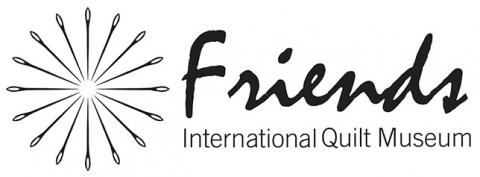Zig Zag
Zig Zag
Circa 1880-1900
Possibly made in Pennsylvania
Jonathan Holstein Collection, 2003.003.0016
In this late 19th-century crazy quilt, an unknown American maker pieced together an assortment of fancy silks in a range of values. The maker planned her dark and light placement to create an alternating rhythm. The quilt uses lush silk fabrics typical of the late-Victorian period.
Previously featured in Quilt House’s inaugural exhibition, Quilts in Common: Around the Globe & Across the Centuries, this quilt, along with two others, showed how quiltmakers have used dynamic lines in their pieces.
According to the exhibition label:
“In textile and basket weaving, the zig zag is one of the most easily achieved designs; for instance, a weaver using a simple two-harness loom and two colors of yarn can produce a tapestry zig zag and on a basic four-harness loom can produce a woven herringbone pattern. The ease of its creation is one reason the zig zag is seen in woven items ranging from Navajo rugs to men’s suits and from African to Native American basketry.”
In quiltmaking, the creation of lines is not limited to the quilting stitch. Fabric selection can also create visual lines where lights and darks intersect
















